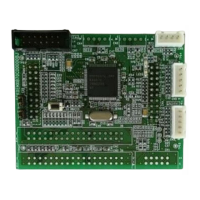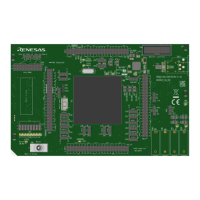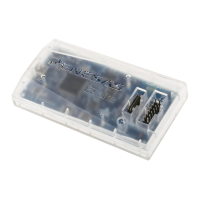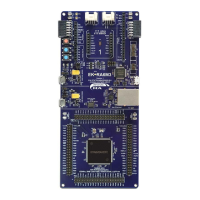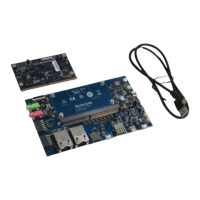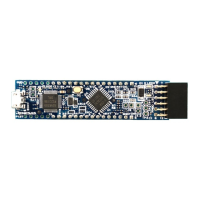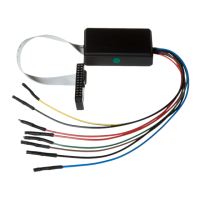9
2.6 Hardware Interface
All signals are directly connected to the MCU in the emulator with no buffering with the exception of those
listed in section 7, Hardware Specifications Specific to This Product.
2.6.1 Signal Protection on the emulator
All signals are over/under voltage protected by use of diode arrays. The only exceptions being the AV
CC
and Vref.
All ports have pull-up resistors except for analog port.
All V
CC
pins on the cable head assembly are connected together (with the exception of the AV
CC
pin), and are
then monitored by the emulator to detect powered user system presence.
2.6.2 User System Interface Circuits
The interface circuit between the MCU in the emulator and the user system has a signal delay of about 8 ns due
to the user system interface cable and it includes pull-up resistors. Therefore, high-impedance signals will be
pulled up to the high level. When connecting the emulator to a user system, adjust the user system to compensate
for propagation delays.
The following diagrams show the equivalent circuit examples of the interface signals. The interface circuits
depend on the MCU type. For details, refer to section 7, Hardware Specifications Specific to This Product.
2.6.3 Clock Oscillator
The oscillator circuit has been implemented on the user system interface cable head. For details on the oscillator
circuit, refer to the user's manual for each user system interface cable.
2.6.4 External Probe 1 (EXT1)/Trigger Output
An 8-pin connector, marked EXT1 (on the right under the user system interface cable connector), on the
emulator case accommodates four external probe inputs and two trigger outputs. The pin assignment of this
connector is shown in figure 2.7.
TUVCC
T5V
EXT1
GND GND
Probe Trigger output
1234
Figure 2.7 External Probe Connector 1
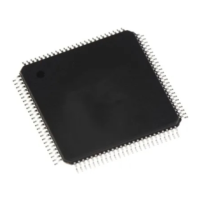
